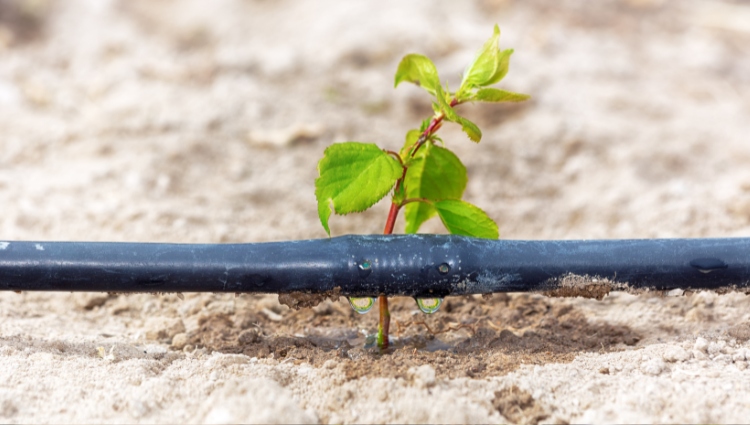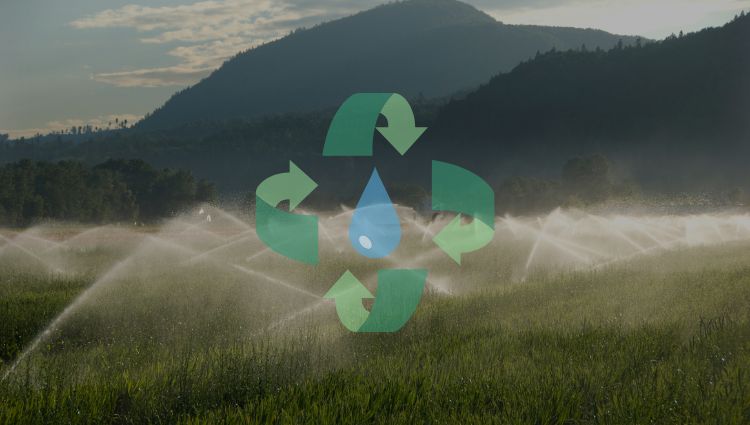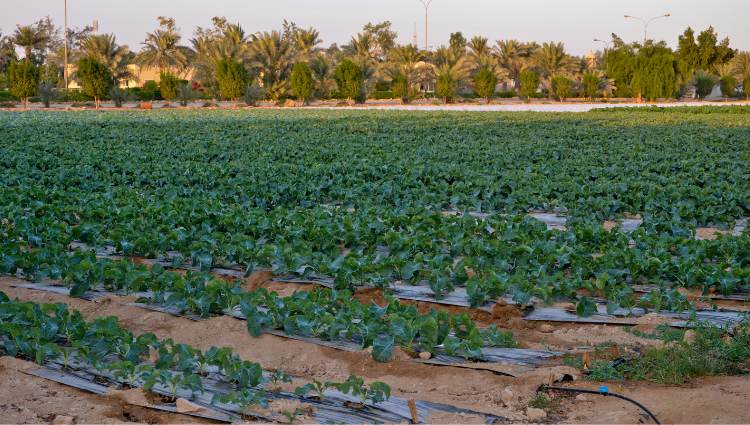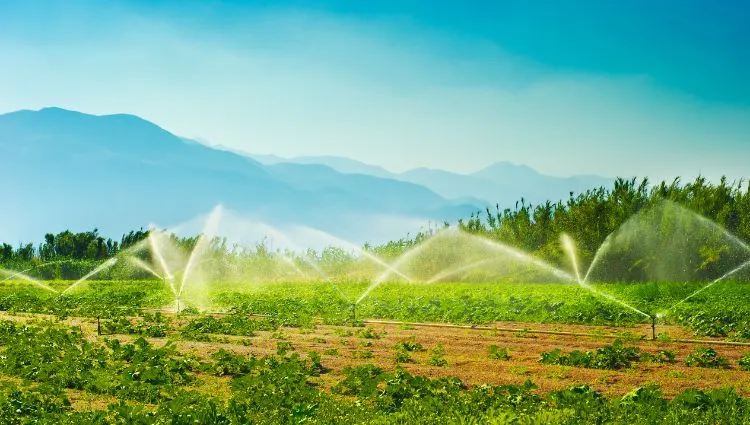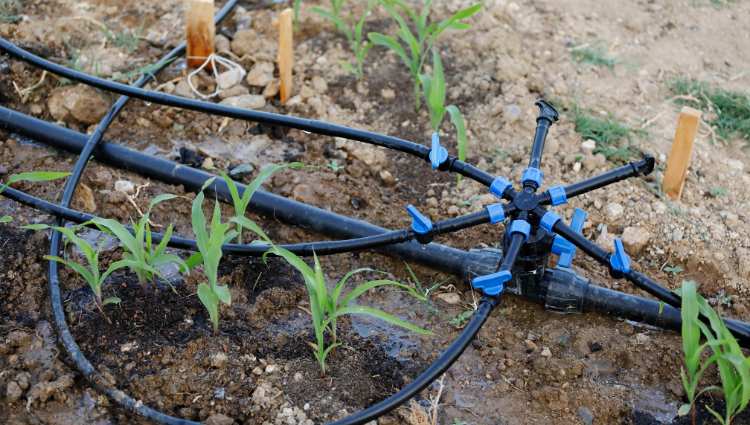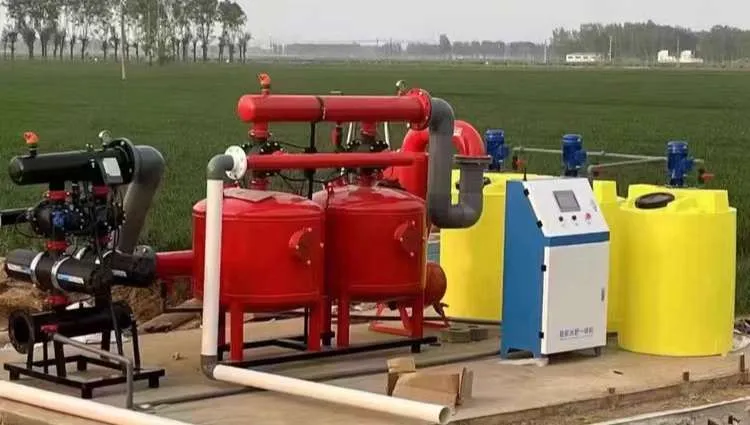Table of Contents
Let’s first understand what drip irrigation is. It’s actually quite simple — it’s a technique that delivers water precisely and evenly to the soil around the roots of crops. This process can be achieved using various drip irrigation pipes and fittings, such as drip tape, dripline, drippers, and so on.
The history of drip irrigation can be traced back to ancient times, but modern water-saving drip irrigation technology began in the 1960s. At that time, an Israeli engineer noticed that crops near a leaking pipe were growing better than the others. Inspired by this observation, he began to study the phenomenon in depth and gradually unveiled the mystery of drip irrigation.
Later, the drip irrigation technology was widely promoted and developed by a company called Netafim. It benefited farmers all over the world and helped many arid regions solve their irrigation problems.
Today, modern drip irrigation has become highly advanced. Its widespread popularity is thanks to its many advantages. This article will tell you what those advantages are.
Water Saving
Water saving ranks first among the many advantages of drip irrigation. Water is an essential resource for all living beings, especially in countries and regions where water is scarce — its importance goes without saying.
In many areas, flood irrigation has been widely used. Although this method is effective, it tends to waste a lot of water. In regions with abundant rainfall and water resources, flood irrigation is a simple and effective option, and its drawbacks are not very noticeable. However, in arid regions, flood irrigation is not a good choice, which makes water-saving irrigation technology particularly important.
The core of drip irrigation’s water-saving advantage lies in its precise water delivery. It can deliver water directly to the area around the roots of plants through pipes like drip tape or dripline, which effectively reduces water loss and evaporation during the delivery process.
As a result, drip irrigation can achieve a water use efficiency of over 93%. Compared to flood irrigation, it can save more than 50% of water.
Efficiency
Efficiency has two dimensions: one is the efficiency of drip irrigation itself, and the other is labor efficiency.
Drip irrigation allows the roots to efficiently absorb water and fertilizer, saving both water and fertilizer. In addition, once a drip irrigation system is established, it becomes a huge relief for farmers. That’s because modern water-saving drip irrigation technology is already very smart — it doesn’t require farmers to be in the fields irrigating all the time. As long as the drip irrigation pipe system is well designed, it can run automatically.
Labor Saving
Traditional irrigation in the past required labor to manually bring water into the fields. To allow the water to slowly seep into the field, trenches had to be dug by hand. And in some uneven and complex terrains, more manual intervention was needed to achieve better irrigation results.
In addition, fertilization also needed to be done by manual spreading or drone spraying. Every time a round of crop planting was carried out, irrigation and fertilization operations had to be repeated.
But drip irrigation is totally different. You just need to install the water pump, filter, pipes, and terminal drippers before planting the crops. When the drip irrigation system starts running, it only takes one person to manage everything.
Fertilizer Saving
The advantage of fertilizer saving is not very obvious in small-scale irrigation environments, but it becomes especially clear and important in large-scale, large-area irrigation scenarios.
Traditional fertilization methods require manual spreading, and many times fertilizer gets wasted because it is not fully dissolved or is unevenly distributed.
But combining fertilization with a drip irrigation system can avoid the problem of waste. When fertilization is needed, the fertilizer can first be put into a mixing tank to be fully mixed and dissolved. Then the fertilizer and water can be delivered directly to the roots of the crops through the pipes. This kind of drip irrigation with integrated water and fertilizer greatly improves the efficiency of fertilizer usage. At the same time, it also helps prevent soil clumping or fertilizer overload, which could affect the nutrients and structure of the soil.
Pest and Disease Prevention
Traditional flood irrigation often causes crops to face problems with pests and diseases. That’s because water on the surface can easily breed bacteria and attract harmful insects.
But drip irrigation delivers water directly to the plant in a targeted way. The leaves, stems, fruits, and other parts of the plant won’t get wet, and there will be no ditches or puddles on the ground surface. This can relatively reduce problems with pests and diseases. Drip irrigation not only avoids the excessive use of pesticides but also helps crops grow better.
Improving Soil Structure
Drip irrigation, through slow and steady water supply, avoids the direct scouring of the soil by water and also reduces the loss of soil particles. This can effectively prevent soil crusting and compaction.
Moreover, drip irrigation supplies water only to the root zone, and other parts of the soil do not come into direct contact with water. This allows the soil to stay well-aerated, which benefits root respiration and microbial activity.
In addition, drip irrigation can evenly control the water flow, keeping the soil moisture within a suitable range, which helps maintain the balance of the soil environment.
Finally, drip irrigation does not destroy the original structure of the soil. On the contrary, due to the slow infiltration of water, the stability of the soil structure and its ability to retain water and fertilizer are enhanced.
Improving Crop Yield and Quality
Drip irrigation, through stable and precise water and fertilizer supply, reduces the evaporation and loss of water and fertilizer, allowing them to be better absorbed, thereby promoting crop growth.
In addition, stable water supply reduces the occurrence of pests and diseases, leading to noticeable improvements in the quality, appearance, and size of the crops.
Strong Adaptability
Drip irrigation has strong adaptability and flexibility, and in different irrigation environments, there are always suitable irrigation solutions to choose from.
For example, in arid regions, we recommend using low-pressure and low-flow pipes and drippers, which can ensure that the land stays moist without wasting water resources.
For saline-alkali land, we recommend adding chemical agents to the water-fertilizer integrated solution, so that during drip irrigation, the pH of the soil can be balanced.
For mountainous areas, we recommend using drippers with pressure compensation functions. This not only balances the pressure and protects the drip irrigation system from damage, but also allows crops to grow more evenly.
For plain areas, there are even more options. Generally, based on project budget, planting area, terrain, construction period, etc., you can reasonably combine and use drip tape, drip irrigation pipes, and drippers.
Easy Management
This point is also very important because drip irrigation can almost achieve a once-and-for-all effect. Much of the work to build a drip irrigation system is concentrated in the initial installation phase. During actual use afterward, management personnel only need to perform simple, regular maintenance and upkeep of the system.
Whether it is irrigation, fertilization, or pest and disease control, almost everything can be managed by just one person.
Moreover, if the drip irrigation system is paired with various smart devices, such as timers and electronic control platforms, it can further improve the efficiency of monitoring and management. Even if some problems occur in the drip irrigation system, they can be quickly detected and fed back through electronic smart devices.
Final Words
Alright, this article has summarized the nine main advantages of drip irrigation systems. The popularity of drip irrigation systems today is thanks to these benefits. I hope readers can find inspiration and help after reading this blog post.
Finally, please allow me to introduce our company here. Rainfaun is an irrigation product manufacturer headquartered in China. We produce and export drip irrigation and sprinkler products. Among them, drip irrigation products are our main products, including dripline, drip tape, dripper, arrow drip stake, mini valve, mini fittings, and so on. You can find information about Rainfaun and our products on this website.
If you want to cooperate with us, you can click here to fill out the form.
Author: Allen
Editor: Michael
Content Reviewer: Michael
